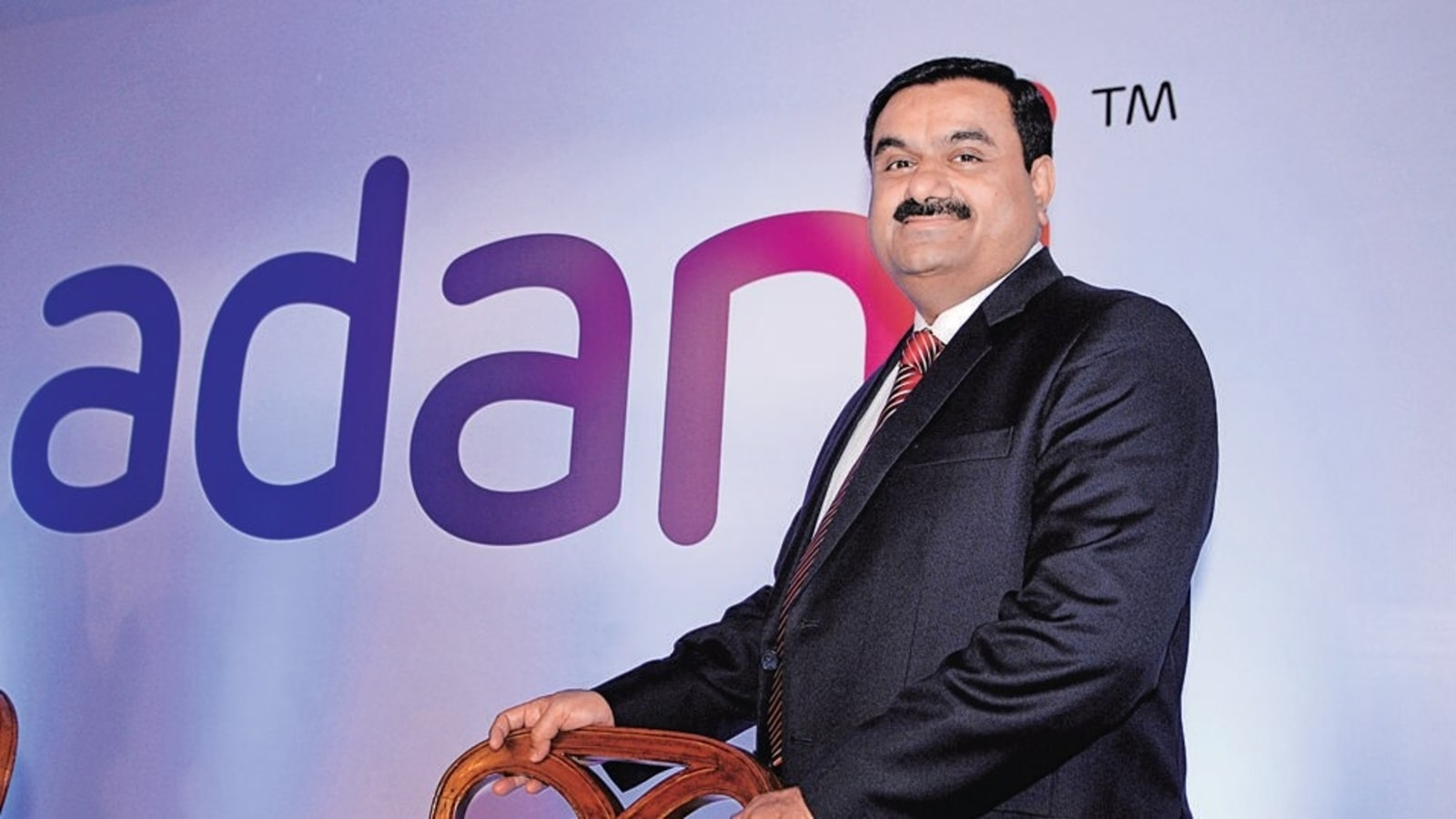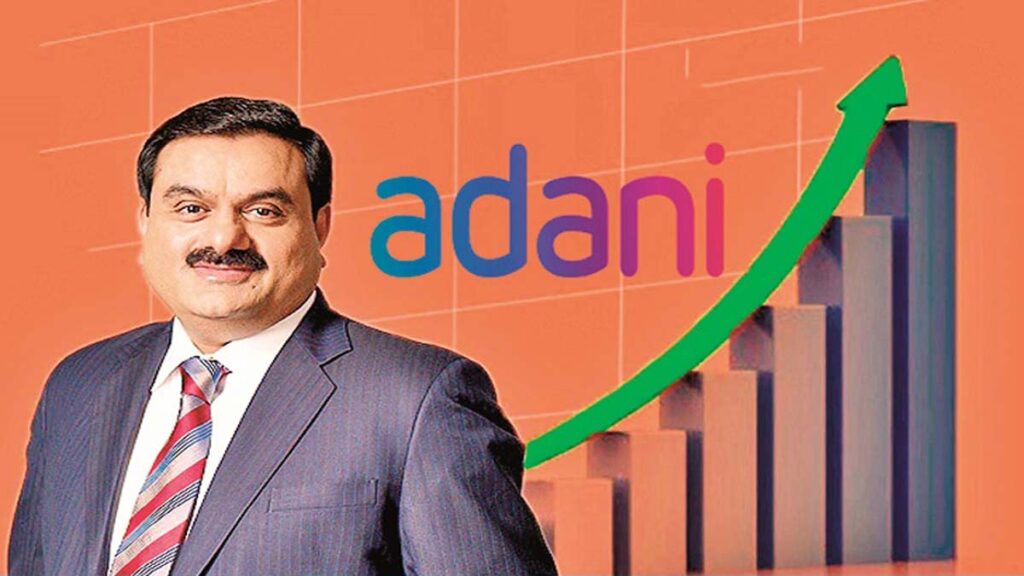Powering Progress: Adani Group Allocates 2000 Crores to Establish 2 New Mumbai Power Lines

Powering Progress: Adani Group Allocates 2000 Crores to Establish 2 New Mumbai Power Lines
Adani Electricity Mumbai’s commitment to invest over Rs 2,000 crore to construct two new transmission lines in the city demonstrates its proactive approach towards enhancing its network infrastructure. Strengthening the transmission lines is crucial for ensuring a reliable and efficient distribution of electricity to consumers.
This move is particularly significant in the context of Adani Electricity Mumbai’s sustainable energy goals. By aiming to source up to 60% of the energy required for the city from renewable sources by 2027, the company is aligning itself with the global trend towards cleaner and greener energy solutions. This transition to renewables not only contributes to environmental sustainability but also helps in reducing the carbon footprint associated with traditional energy sources.
Investing in transmission infrastructure is essential for accommodating the increased capacity of renewable energy generation and ensuring a seamless integration of renewable sources into the existing grid. As renewable energy sources such as wind and solar are intermittent in nature, a robust transmission network becomes crucial to effectively manage the fluctuations in supply.
The construction of the two new transmission lines, the Kharghar-Vikhroli line and the Thane-Aarey Colony line, marks a significant step in Adani Electricity Mumbai’s efforts to strengthen its network infrastructure and support its transition towards more sustainable energy sources.

The Kharghar-Vikhroli transmission line, spanning 84 ckm from Kharghar in Navi Mumbai to Vikhroli in the northeastern suburb of Mumbai, is a crucial addition to the city’s transmission infrastructure. This line will play a pivotal role in enhancing the power distribution capabilities and reliability of the network. Its expected completion by 2025 underscores Adani Electricity Mumbai’s commitment to swiftly executing projects that contribute to a more efficient and resilient energy system.
Similarly, the Thane-Aarey Colony transmission line will further bolster the network’s capacity and reliability. While its construction is set to begin after the Kharghar-Vikhroli line, its expected commissioning in 2027 aligns with the company’s long-term vision for a robust transmission network that can support the increased penetration of renewable energy sources.
The financial closure achieved through securing ₹1,700 crore debt from international lenders highlights Adani Electricity Mumbai’s strategic approach to securing the necessary funding for these critical projects. This funding will play a pivotal role in ensuring the timely execution and successful completion of the transmission lines.
The substantial investment of over ₹2,000 crore, with a significant portion being debt-funded, underscores Adani Electricity Mumbai’s commitment to strengthening the city’s power infrastructure and supporting its ambitious transition towards cleaner energy sources.
The inclusion of a 400-kV substation as part of the project is a crucial component that will greatly enhance the transmission capacity of the network. With an anticipated increase in peak demand for electricity in the megapolis, crossing the 5,000 MW mark by FY25 from the current 4,000 MW, the new substation will play a pivotal role in meeting the growing energy requirements of the city. This increased capacity will contribute to improved energy reliability and the ability to manage fluctuations in demand more effectively.

Adani Electricity Mumbai’s efforts to boost the supply of green energy to the city are noteworthy. The rapid increase in solar and wind power supply, from 3% to 30% over the past three years, signifies the company’s proactive approach in aligning with sustainability goals and contributing to the reduction of carbon emissions. This achievement not only reflects the company’s commitment to clean energy but also showcases its agility in responding to the evolving energy landscape.
Adani Electricity Mumbai’s affirmative response to achieving its target of increasing the green energy mix to 60% by 2027 is indicative of the company’s proactive stance and substantial progress in advancing towards a cleaner and more sustainable energy portfolio.
Having entered the distribution business in Mumbai by acquiring the license from Reliance Energy, the company has not only managed to establish itself in the sector but has also made impressive strides in enhancing the supply of renewable energy sources like solar and wind. The significant increase in the supply of green energy from 3% to 30% within just three years demonstrates the company’s determination and capability to drive the transition towards a more environmentally friendly energy generation mix.
The assurance of achieving the 60% green energy mix target by 2027, or even earlier, underscores Adani Electricity Mumbai’s strategic commitment to its sustainability goals. By aligning with the growing global trend towards renewable energy adoption, the company not only contributes to reducing carbon emissions but also plays a pivotal role in driving the transformation of the energy landscape.

The implementation of a hybrid model that combines both solar and wind energy sources is a strategically sound approach for Adani Electricity Mumbai to achieve its green energy targets. This hybrid model allows the company to harness the strengths and advantages of both solar and wind energy technologies, leveraging their complementarity to ensure a more consistent and reliable power supply.
Solar energy provides electricity during the day when sunlight is available, while wind energy can be harnessed round-the-clock, depending on wind conditions. By integrating both sources, the company can address the intermittency and variability inherent to each individual source, ensuring a more stable and continuous supply of clean energy to meet the demands of the city.
The commitment to adopt a hybrid model demonstrates the company’s proactive and innovative approach to maximizing renewable energy generation and utilization. This approach aligns with global trends in the energy sector, where hybrid systems are gaining prominence due to their ability to optimize energy production, enhance grid stability, and contribute to reducing greenhouse gas emissions.
Moreover, the development of the city’s first-ever 400 kV substation facility as part of the transmission lines project is a significant milestone. This infrastructure investment will not only enhance the overall transmission capacity but also pave the way for greater integration of renewable energy into the grid, as higher voltage levels enable efficient transmission over longer distances.





